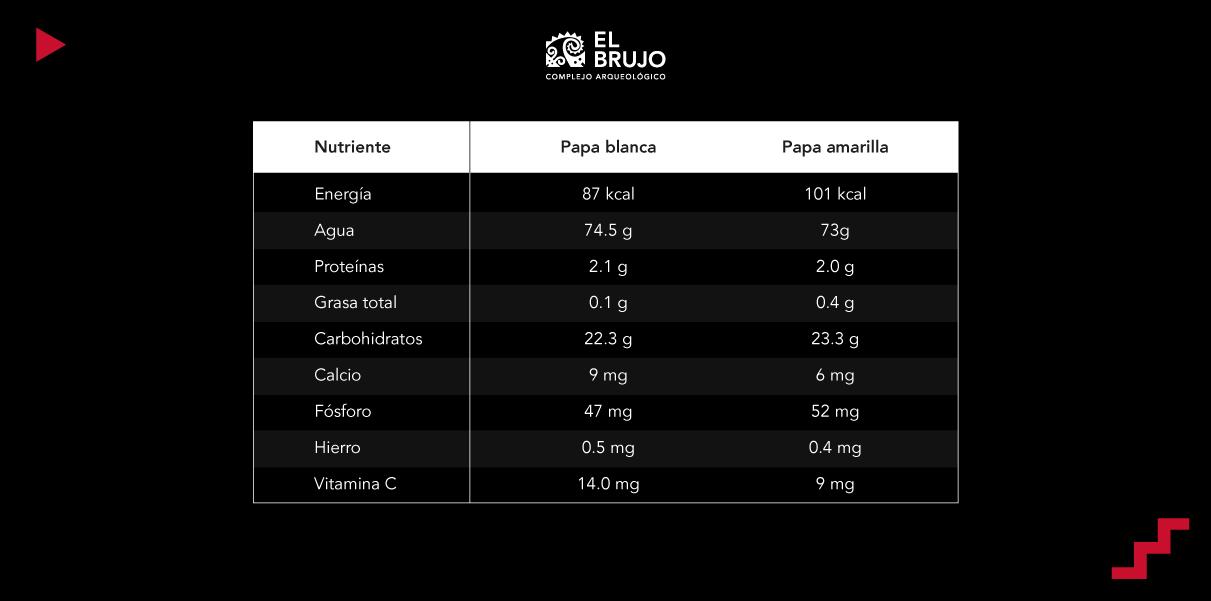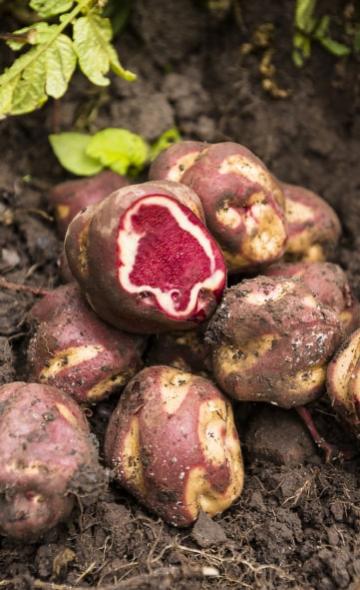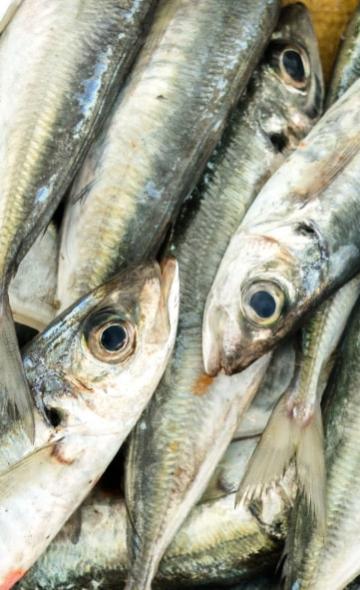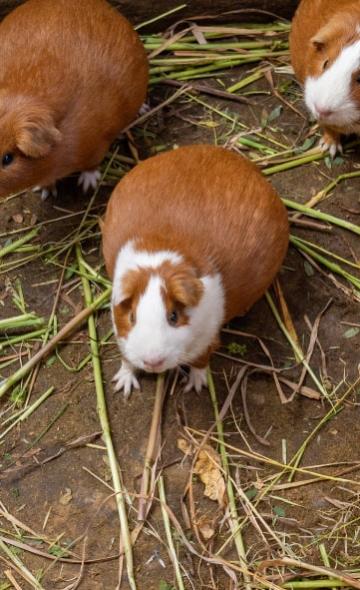- Visitors
- Researchers
- Students
- Community
- Information for the tourist
- Hours and fees
- How to get?
- Virtual tours
- Classic route
- Mystical route
- Specialized route
- Site museum
- Know the town
- Cultural Spaces
- Cao Museum
- Huaca Cao Viejo
- Huaca Prieta
- Huaca Cortada
- Ceremonial Well
- Walls
- Play at home
- Puzzle
- Trivia
- Memorize
- Crosswords
- Alphabet soup
- Crafts
- Pac-Man Moche
- Workshops and Inventory
- Micro-workshops
- Collections inventory
- News
- Students
- Learn about the nutritional value of the Andean potato and its properties
News
CategoriesSelect the category you want to see:

What is an anaco, a garment found in the funerary bundle of the Lady of Cao and in the Lambayeque funerary bundles? ...

Inauguration of the 2025 Tourism Panel Discussions in Magdalena de Cao ...
To receive new news.
Por: Complejo arqueológico El Brujo
The Andean potato, cultivated in the Peruvian-Bolivian plateau since ancestral times, is a pillar of food and culture in the Andes. Its diversity and properties have made it an essential ingredient in our gastronomy. In this article, we shall explore its origin, nutritional value, properties and more.
Origin of Andean potato cultivation
The Andean potato, domesticated more than 6,000 years ago in the Peruvian-Bolivian plateau, is one of the oldest crops in the Americas. Its diversity, observed by chroniclers such as Bernabé Cobo in the seventeenth century, is the result of centuries of adaptation to different climates and altitudes. Moreover, archaeological evidence indicates its presence in Ayacucho from 3,800 B.C., and on the coast of Casma, where well-preserved remains were found between 2,914 and 2,287 B.C.
Thanks to its versatility, the potato was an essential food in the diet of Andean pre-Hispanic societies. Moreover, other studies have revealed its consumption in figures such as the Lady of Cao, whose dental analysis confirmed that potato was one of her last foods consumed. This is how the importance of the Andean potato was reflected in pre-Hispanic iconography, consolidating itself as a symbol of identity and sustenance in the Andean region.
Nutritional properties of the Andean potato
The Andean potato is highly nutritious and provides energy, fiber and essential micronutrients. Its main components include:
- Healthy carbohydrates: A source of sustained energy.
- Dietary fiber: Regulates metabolism and improves digestion.
- Proteins: Contains essential amino acids.
- Vitamins and minerals: Rich in vitamin C, potassium, iron and zinc.
- Natural antioxidants: The purple potato has anthocyanins, which protect against cell damage.
The nutritional value of the Andean potato makes it a pillar of healthy eating. Its richness in carbohydrates, fiber, vitamins and antioxidants reinforces its role in food security and Peruvian gastronomy.

Diversity, conservation and production of the Andean potato.
Peru is the largest producer of potatoes in Latin America, with more than 700,000 families depending on its cultivation, according to MIDAGRI (Ministry of Agriculture). Annual production reaches approximately 6 million metric tons, mainly benefiting farmers in regions such as Puno, Huánuco, Cusco, Cajamarca, Huancavelica and Junín.
Andean potatoes are grown between 3,000 and 4,200 meters above sea level, in areas where few other crops can thrive. Its ability to adapt to extreme climates not only guarantees its production but also strengthens its resistance and improves its concentration of nutrients.
In addition, Peru is the center of origin of the potato and is home to one of the greatest genetic diversities in the world. This variability is key to food security, as it allows the development of varieties resistant to different climatic conditions, plagues and diseases.
In order to preserve this genetic richness, various government programs and organizations work on the conservation of native potatoes, promoting their cultivation and consumption. These initiatives seek to ensure the continuity of this agricultural heritage and its contribution to global food in the future.
2.jpg)
Andean Potato: Health Benefits
Including Andean potatoes in the diet offers multiple benefits:
- Cardiovascular health: Its potassium regulates blood pressure.
- Sustainable energy: Ideal for students and athletes.
- Immune reinforcement: Its vitamin C prevents diseases.
- Digestive health: Fiber improves intestinal transit.
- Prevention of anemia: Its iron and vitamin C favor the absorption of the mineral.
The Andean potato in gastronomy
This tuber is found in a wide variety of traditional dishes. It is consumed in broths, stews and preparations such as:
- Causa rellena
- Papa rellena
- Patasca
- Papa a la huancaína
- Ocopa arequipeña
- Cau cau
- Lomo saltado
- Carapulcra
- Teccte de chuño
Knowing the history, diversity and nutritional value of the Andean potato allows us to appreciate its cultural and agricultural importance. Their preservation and cultivation guarantee food security, promote rural development and contribute to the conservation of an ancestral legacy that has fed generations.
Students , outstanding news




